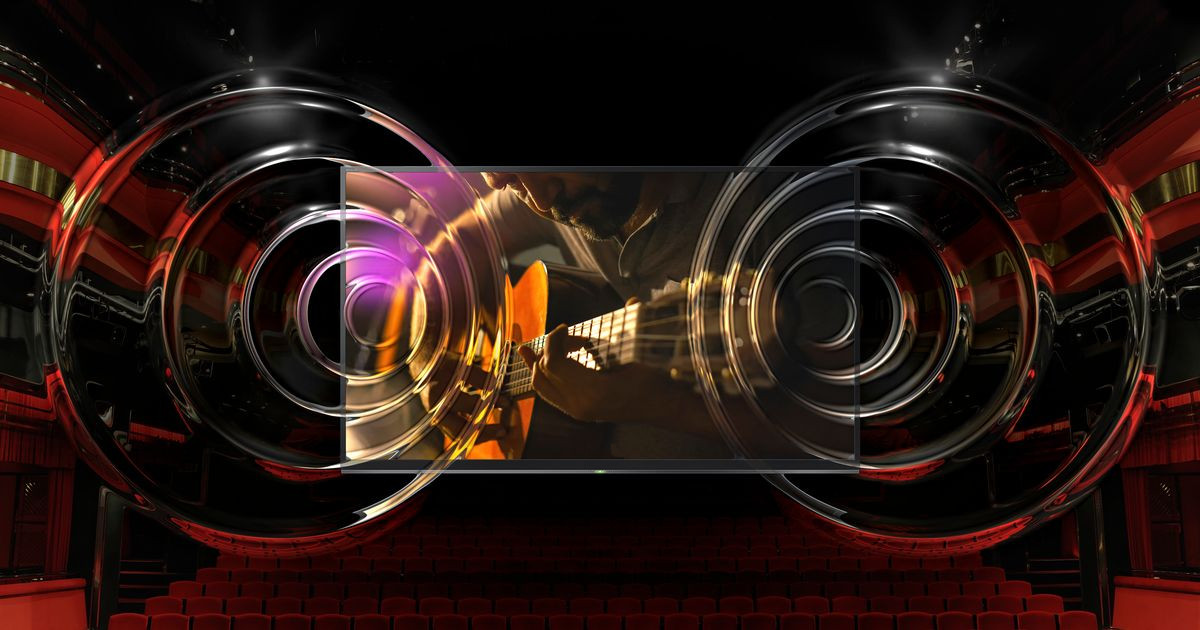Microsoft applies for their own Screen as a Speaker patent
3 min. read
Updated on

Full-screen phones present significant problems for engineers, in particular where to place the front-facing camera but also the earphone speaker used for phone calls.
We have already seen the Vivo Apex’s solution, which is to use the screen as a speaker, and now a new Microsoft patent application has been published for a similar solution.
The application for “DISPLAY STRUCTURE HAVING A VISUAL DISPLAY AND AN AUDIO OUTPUT” dates to September 2016 and notes:
It is commonly a requirement for mobile devices to provide both a visual display and audio output. Typically, mobile devices satisfy this requirement by having a visual display and a separate dedicated speaker or speakers. However, this approach can have the disadvantage that sufficient volume must be found within the mobile device to contain the visual display and the speaker or speakers. Further, in mobile devices having a large amount, or all, of a front face of the mobile device occupied by the visual display it can be difficult to find sufficient space on the front face for a speaker opening, forcing the speakers to be located on the sides or rear of the mobile device, where they direct sound away from a user.
A display surface structure comprises a deformable transparent surface layer, a visual display layer visible through the deformable transparent surface layer, a piezo-electric layer in mechanical communication with the deformable transparent surface layer, and a drive circuit in electrical communication with the piezo-electric layer. The drive circuit sends a drive signal to the piezo-electric layer to cause the piezo-electric layer to deform the deformable transparent surface layer and generate an audio output.
In one example, the present disclosure provides a display structure comprising: a deformable transparent surface layer; a visual display layer visible through the deformable transparent surface layer; a piezo-electric layer in mechanical communication with the deformable transparent surface layer; and a drive circuit in electrical communication with the piezo-electric layer, wherein the drive circuit is arranged to send a drive signal (406) to the piezo-electric layer which will cause the piezo- electric layer to deform the deformable transparent surface layer to generate an audio output.
Microsoft proposes bonding an OLED screen to a piezoelectric layer with glue and then vibrating this stack to generate sound, noting that it could also be used to generate haptic feedback when a user touches the screen.
Microsoft of course no longer makes phones, and the two listed inventors, Klaus Melakari and Pasi Kemppinen (both ex-Nokia) no longer work for Microsoft, so this idea may either end up in the patent licensing folder or one day show up in the Surface line.
It is notable that (on first glance) this is the second patent the Vivo Apex violates, which just goes to show the patent system can sometimes keep good ideas from coming to market.
The full patent application can be seen here.









User forum
0 messages